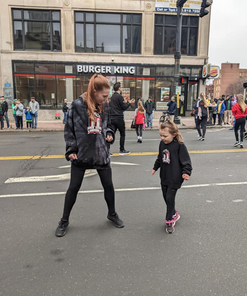 We’ve made it! We’re officially at the end of our core value acronym of G.R.E.A.T.E.R.--R for Resiliency. While every one of our core values are equally important, resiliency does hold a special place in the heart of SRL: it’s the thing that makes sure your dancer is able to make use of all those other qualities! While most people would automatically equate resiliency with a kind of “toughness,” the word means more than that. It’s not actually about being tough per say, but about being flexible, about the ability to adapt to both new and adverse situations, and about being able to reform oneself after you take a hit. Resilient people are tough, but not just tough—their particular form of toughness allows them to strengthen their sense of self as they learn, adapt, and grow. The word flexible is one dancers hear a lot about, and while it might be a key part of high kicks, flexibility is nothing on its own—you still have to have the strength to keep your form. That’s the truth of resiliency: not just flexibility, but the ability to stay strong while being flexible—essentially, embracing mistakes and difficulties as improvement opportunities, rather than focus on the negatives. A resilient dancer doesn’t give up just because a combination is challenging, but rather finds the reward in the hard work and delayed gratification of mastery (a quality studies show helps produce healthier and happier adults.) The combination of strength and flexibility is all about learning, rather than being discouraged—something that adults functioning in the real world need to embrace as much as Irish dancers in the studio. 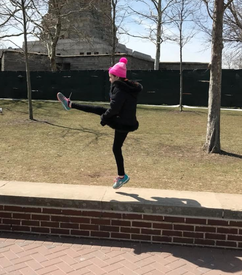 The world of dance is all about progress and growth (another core value!,) and that means constantly adapting as things change. Periods of transition (i.e. change in circumstance) are consistently evaluated as the biggest stressors in anyone’s life, no matter their age—moving, divorce, unemployment, grief, we all know the stereotypical examples. Like everything in life, learning how to deal with these big moments of transition start small: by learning how to adapt to changes on a micro-scale. Whether it be a classmate moving on to another level when you haven’t quite gotten there yet, disappointing feis results, or an injury, instilling resiliency allows our dancers to take a step back from their situation, problem solve, and continue forward. It’s easy for an unsuccessful moment to get you down, but resilient dancers (and people) know that chancing failure by taking safe, considered risks, and continuing to do so even when they don’t work out, is the only way to succeed. Lastly, resiliency isn’t just about outside influences—it’s equally about a dancer’s sense of self. The key for anyone to be able to adapt versus change when presented with a new or difficult situation is to have a strong sense of self that includes self-review, self-care, and self-love. Not all change is bad, of course, but there’s a difference between changing yourself for growth, and changing yourself to fit in—and while we want our dancers to adapt, we want them to be their best selves, not a forced self, while they do it! One of the main definitions of resiliency includes a substance’s ability to return to its original form after being bent, stretched, etc.—and that’s the kind of resiliency we want to instill in our dancers: the hard times in your life don’t define you, but rather your determination to recover from them. This stems from an ability to take stock, take care of yourself, and do what’s best for you—true resiliency is a dedication to the health of the self in each and every circumstance. 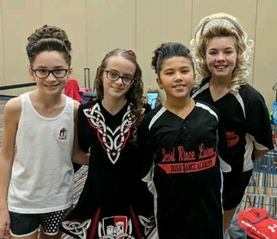 There’s our SRL Core Values: G for Growth, R for Respect, E for Excellence, A for Appreciation, T for Transparency, E for Enthusiasm, and now, R for Resiliency. It’s a resilient spirit that allows our dancers to take challenges as opportunities for growth, that in turn allows them to strive for excellence, and to appreciate even the hard moments in their dancing careers and life. It allows them to be transparent with themselves about their skills and abilities—knowing they’re able to keep going—and allows enthusiasm to be their leading way of looking at the world, even when things get hard. Ultimately, helping our SRL dancers become G.R.E.A.T.E.R. isn’t just about dance, but the life lessons your dancers can take out of the studio to become successful in whatever they set their minds to. This post is part of a series. Read our last core values post, all about capital E for Enthusiasm, here. Check out the blog every Monday and Thursday for more posts about Irish history, dance culture, community news, and spotlights on our dancers, staff, and families—among other fun projects! And don’t forget to dance along with us on both Facebook and Instagram.
0 Comments
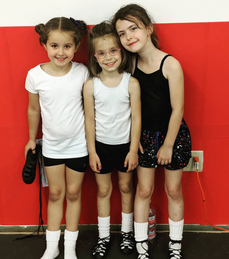 SRL’s core values are all about helping your dancer be G.R.E.A.T.E.R., and this week we’ve reached the second E, for Enthusiasm. This is a particularly important topic as we move into prep for our annual Showcase (Saturday, June 18th, mark your calendars and remember to buy tickets!)—enthusiasm is a huge part of showmanship and giving your all to any and all performances! But enthusiasm is more multi-faceted than that—it’s also a way of approaching whatever life brings you that can serve your dancer outside of the studio. Let’s explore! First off, we want to make sure all our dancers are enthusiastic about dance! As dancers move up through the levels and Irish dance asks more of their time and commitment, we want to make sure they continue to love what they’re doing. But more than that, we want them to continue to have an enthusiastic attitude about all that dance entails: the hard work, the challenges of new steps and levels, the ups and downs of class and competition—always knowing it will make them a better dancer as a result. As a studio, we try to take the dancers’ opinions and preferences into account in class to help keep their interest and enthusiasm (i.e. make sure they have fun!), while balancing it with what they need to improve in their practice. While enjoying themselves is always important, instilling enthusiasm is also about facing the more difficult parts of dance with an upbeat and constructive attitude—not just the fun bits! 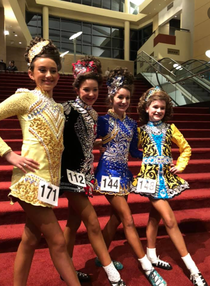 Because enthusiasm is above all, an attitude. That means approaching all people and situations with a positive outlook and gratitude for the chance to grow, rather than defeatist or resentful feelings. It’s always okay to get frustrated, be sad, or even angry—but the key is to not let those emotions be the primary ones they experience dance or life through. They have their time and their place to be felt and expressed, but approaching all life throws at them with enthusiasm (i.e. that challenges will help them grow as people and improve their lives for having faced them) can help our dancers bounce back from anything. It can be hard and terrifying to put your all into anything—it’s a kind of confidence in yourself, in your abilities and your possibility for growth, that even many adults can struggle with. (There’s also those dreaded teenage years, where having too much enthusiasm for anything can feel deeply uncool.) By creating a safe space and community based around enthusiasm—where enthusiasm is the norm—the studio is helping model a positive attitude and appreciation. This has two sides: not only is it absolutely cool to care about something and give all you can to it, but appreciating the challenges you’re presented with is the best way to take care of yourself and grow in any aspect of your life! 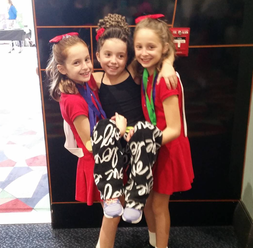 Enthusiasm really can also be seen as a type of care—your dancer caring about their teachers, families, fellow dancers, and especially themselves. To care about yourself and others is to give your all to your experiences with them (and with yourself!), meaning changing the mindset around problems and difficulties. Rather than approaching a hard class, a bad test grade, a fight with mom or a friend, or not meeting a goal with only irritation, unhappiness, or antagonism, giving your all and caring about these people and situations means accepting those feelings and moving forward—in positivity. Learning from hard experiences and growing from them is the key to enthusiasm, and will help our students not only in school and later work, but to better develop their interpersonal relationships (and relationship with their self and self-confidence!), as well. As we said, the Showcase recital is just around the corner, and performing can be an anxiety-inducing time—especially for our newest dancers! As a studio, we appreciate the help our parents give us outside our walls to instill enthusiasm about hard and scary new challenges with their dancers, knowing it will only help build their confidence and form their outlook on life. We look forward to seeing all that enthusiasm up on stage in just a few short weeks! This post is part of a series. Read our last core values post, all about Transparency, here. Check out the blog every Monday and Thursday for more posts about Irish history, dance culture, community news, and spotlights on our dancers, staff, and families—among other fun projects! And don’t forget to dance along with us on both Facebook and Instagram. 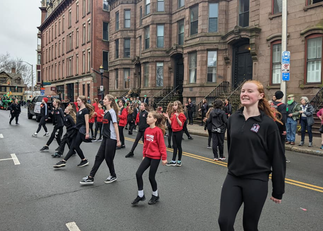 The next letter up in SRL core values of G.R.E.A.T.E.R. is T for Transparency! Transparency is the state of being transparent, or, for our purposes: 1) “characterized by visibility or accessibility of information, especially concerning business practices,” 2) “readily understood,” and 3) “free from pretense or deceit.” This three-pronged view of transparency in studio comes down to free, open, and honest communication, and, of course, complete authenticity—it’s what we promise as a business, and what we encourage in dialogue with the dancers we nurture. We’ll admit it, we send a lot of emails. But what we’re always striving for is in our communication with our parents and dancers is complete transparency—information that can be both readily understood and completely accessible. We always want to make sure you have all the information you need for your dancer to fully participate in the vibrant Irish dance community in whatever capacity you choose—for fun and recreation, and/or on a more competitive plane. From our monthly announcements to our private community Facebook page, we try to give our parents as many resources as possible to always have the answer to any question they might have at their fingertips. And we’re always available to answer questions about our programs and business practices at [email protected] (Devon, our Office Manager) and [email protected] (Courtney, our Director) whenever you need! 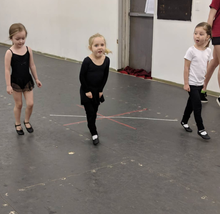 But we also always strive for transparency when it comes to the more difficult subjects—like when a dancer is ready to advance levels, start hard shoe, or learn new steps. We always have clear objectives set out, along with accompanying expectations, and expected outcomes so dancers can see and understand when they’ve succeeded in those objectives and what needs to happen to help them reach those goals. Giving students a conscious understanding of how and why they learn and progress is proven to increase success in the classroom—something that extends to the dance studio, as well! This transparency empowers our dancers to see themselves as having the agency to enact their own transformations, as they’re given the tools and information necessary to know exactly what kind of hard work they need to put in to grow in their practice. Being authentic with our dancers, i.e. having realistic and honest interactions with our dancers, also allows them to develop self-reflection and communication skills, abilities that will aid them outside of the studio—in school, in their interactions with others, and one day, in the work place. We view transparency and the resulting honesty to be a life skill that will help our dancers become leaders, rather than just one that will help them evolve as dancers. If you ask almost anyone one of the keys of being a good leader, transparency (i.e. communication to help understand the whole of a problem, promoting teamwork while encouraging individual voices) comes up again and again. SRL is a community built on authentic relationships—between teachers and dancers, dancers and their peers, and the studio with the parents. 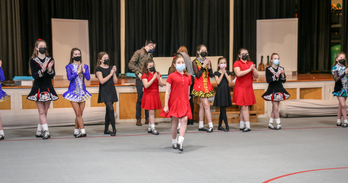 Above all, transparency at SRL mean authenticity in who we are and what we believe—exactly why we write these blog posts! On the blog you’ll find plenty of fun (tons of fun facts about Ireland, for example!), but also information about Ireland’s culture, history, and mythology—not to mention all you need to know about Irish dance. Irish dance is more than an artistic sport, it’s also a cultural practice, living history, and a community. We’re here to let our dancers and their parents speak for themselves about their experiences, as well as spread the word about Irish dance’s benefits and history, valuing tradition while moving forward in transparency. But there’s still two more letters in our core value acronym! See you next time for the second e in G.R.E.A.T.E.R.—E for the all-important trait of Enthusiasm! This post is part of a series. Take a look at our last core values post, all about appreciation, here. Also: check out the blog every Monday and Thursday for more posts about Irish history, dance culture, community news, and spotlights on our dancers, staff, and families—among other fun projects! And don’t forget to dance along with us on both Facebook and Instagram. 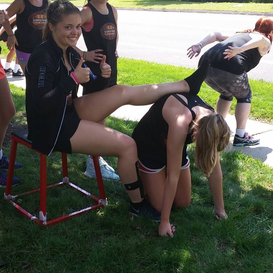 Next up in SRL’s Core Values of G.R.E.A.T.E.R with have A for Appreciation. Appreciation is one of those words with multiple definitions—1) “a feeling or expression of gratitude” 2) “judgement, evaluation” 3) “sensitive awareness, especially: a recognition of aesthetic values” and 4) “increase in value.” While it’s easy to look at these definitions and deny that they have anything to do with a dance studio, the truth is all four of these definitions can and do apply in this studio. Between learning gratitude (for their opportunities, families, fellow dancers, etc.,) appreciating i.e. evaluating their own skills, cultural appreciation, and learning to see their growth as appreciating their own value—SRL dancer know that Appreciation is more than a thank you card. It’s the expression of respect, kindness, and self-love through hard work, dedication, and acknowledgement of others. The first aspect of appreciation revolves around the idea and action of gratitude, a kind of buzzword these days. But Oprah’s gratitude journals aren’t just a trendy way to sell stationary—there are very real, proven mental health benefits to learning to find, express, and act on our gratitude in our day to day lives (including, of course, dance class!) Our dancers aren’t just in class learning steps (though they’re certainly doing that,) but helping each other learn and grow—just as someone has done for them, and they will continue to do for others. This community-focused gratitude includes their families and the time they sacrifice in support of their dancers’ dreams, appreciation of their teachers and their work, and, always, appreciation of their own hard work and achievements. Learning to feel this gratitude, show it, share it, and practice it can improve moods, lead to more optimistic thinking, improve social bonds, and even have physical health benefits! 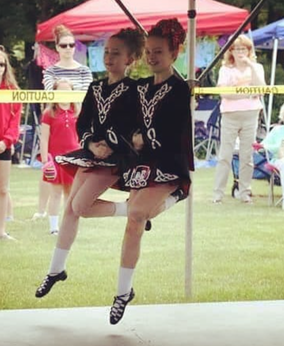 The next facet of appreciation sounds like the opposite: “judgement, evaluation.” But in the dance world, we see the ability to self-evaluate as a skill that not only helps dancer become better in the studio, but to grow in all aspects in their life. This isn’t about judging themselves harshly, but rather the ability to self-reflect—whether it be about how much work they need to put in to meet their next goal in dance or in school (and one day, work,) or how their behavior affects others around them. Elementary and secondary educators emphasize the importance of children learning the skill of self-reflection for not only academic growth, but personal growth in their ability to be functioning members of society—it’s an expertise that begins to be taught as early as pre-school in order to see how their actions have consequences. It’s as true in dance as it anywhere else in life! The next is clearer in Irish dance than perhaps any other dance discipline: cultural appreciation. While all dance disciplines have their own unique, cultural roots, Irish dance has kept an extremely high level of tradition in its dress, steps, and music that helps connect dancers around the world to Ireland’s historic customs and ethos. This has the positive effect of not only connecting them with Irish culture, but instilling in them appreciation for any other culture outside their own. The importance of opening ourselves up to different people, places, histories, and viewpoints can’t be overstated, and there’s no better lens to begin that journey through than the arts. Becoming part of the world, rather than just your part of the world, breeds empathy, opens minds, enhances communication, and allows you to learn! Irish dance and culture is only the beginning. 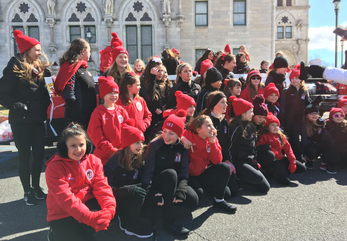 And lastly, we have the concept of appreciation when it comes to “increase in value”—something we tend to connect with homes, antiques, that kind of thing. So what does it mean for a dancer? At SRL, there’s no value inherent in your competition level, class level, etc., but rather in your own personal path, in setting realistic goals and working toward them, in doing your best and working your hardest. We see this version of appreciation as an increase in self-worth that comes from diligence and commitment, rather than the score the adjudicators hand down—winning is great, and we’ll always celebrate it. But knowing you gave your all is a more priceless victory—the kind that appreciates over time and contributes positively to a dancer’s self-respect and self-confidence. Appreciation isn’t just a word, it’s an action we enact every day at SRL—from the way we respectfully treat each other, other cultures, and ourselves, expressing our gratitude for the incredible opportunities Irish dance and its community provides. But we haven’t completely covered how to be G.R.E.A.T.E.R. yet! Tune in next time to find out what that capital T is all about! This post is part of a series. Read our last core values post, all about capital E Excellence, here. Check out the blog every Monday and Thursday for more posts about Irish history, dance culture, community news, and spotlights on our dancers, staff, and families—among other fun projects! And don’t forget to dance along with us on both Facebook and Instagram. 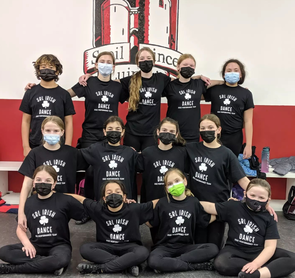 And just like that, we’re on to capital E, Excellence, in our series about SRL’s core values (i.e. G.R.E.A.T.E.R—check out Growth and Respect first!) Excellence is defined, somewhat ambiguously, as: “the quality of being excellent.” And excellent is? According to Merriam-Webster: “very good of its kind, eminently good, first class.” There’s something very interesting hidden in this imprecise and rather elliptical definitions—the words “quality” and “of its kind.” Because excellence at SRL isn’t only measured by the adjudicator marks or a teacher’s comments, but as a more indefinable quality, something each individual dancer strives for on their own terms—because we know each dancer is of their own kind. We are, of course, all about achieving excellence in the realm of Irish dance—each class at SRL is focused on the best conditioning, training, education, and choreography for each and every dancer, at each and every level. Our staff is a team of highly experienced instructors—both as teachers and in the world of Irish dance—and we take care to include student helpers in most classes to ensure individual attention is paid to each dancer (while giving the helpers a chance to learn how to be dance educators and mentors!) Our dancers lead the way on the competitive circuit, but we also see excellence on the smaller, everyday stage of the studio with the success of our Tiny Jig and Pre-Beginner programs. Excellence, at SRL, is a spectrum, and we embrace that excellence is a quality very much “of its kind.” 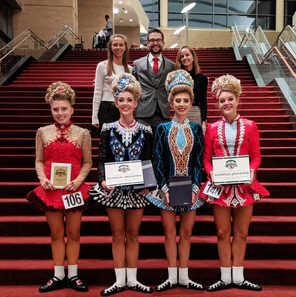 In that same spirit, striving for excellence on the dance floor is only one part of it—because every dancer is different, moving at different speeds, with different goals, all while experiencing the world as different people in different ways. We’re here to help our dancers find their individual definitions for excellence in the studio. And while Irish dance has its own qualities to work on, what we practice in the studio is reflected in the real world by helping students learn that real excellence is a personal journey and not necessarily a destination. There is no absolute definition for excellence, because excellence is a process of always working to better oneself in after some self-reflection, self-examination, and self-knowledge. 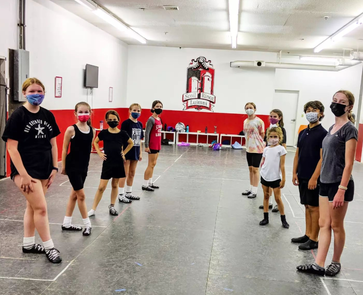 To give a concrete example: while one dancer might have some extra work to perfect her reel in dance class, needs to work on picking up after herself at home, and struggles with writing prompts in school, another might need help with his hornpipe in dance class, have a hard time communicating with his siblings at home, and be in need of assistance in math at school. While dancers may not see the correlation, dance can help instill important life lessons—resilience, goal-setting, problem solving, determination, the list goes on and on—by both the repetition of these skills in class and the benefit of kinesthetic learning dance allows for. So when dancers strive for excellence in dance class—personal excellence rather than a specific definition—they’re learning to strive for excellence in all parts of their lives. We know there’s no pinnacle to reach, no one definition of excellence. Not in dance, and certainly not in life. At SRL we try for capital E is for Excellence by acknowledging that excellence is personal, not comparative. To be excellent is to be the best version of you—because only you can define that indefinable quality, and you are the only you of your kind. This post is part of a series. Read our last core values post, all about Respect, here. Check out the blog every Monday and Thursday for more posts about Irish history, dance culture, community news, and spotlights on our dancers, staff, and families—among other fun projects! And don’t forget to dance along with us on both Facebook and Instagram. 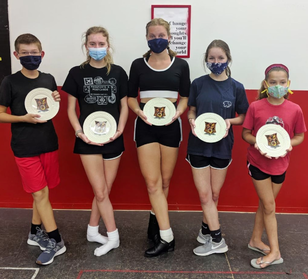 The second letter in SRL’s core values of GREATER is, of course, R for Respect. On a basic level, respect has two closely related and essential definitions: 1) “a feeling of admiring someone or something that is good, valuable, important, etc.” and 2) “a feeling or understanding that someone or something is important, serious, etc. and should be treated in an appropriate way.” At SRL, we try to instill in our dancers that respect doesn’t just mean acknowledging that someone or something is due respect, but an action that needs to be shown to others, the larger community, and also to their selves. Irish dance begins like any other dance disciplines—before any of the competitions and shiny costumes or awards—in the classroom. Classroom settings, academic and dance alike, are where children are taught the basics of the social contract: listening to your teachers, waiting your turn, giving each other space to learn, celebrating the successes of others, and treating fellow dancers with kindness and empathy, among other active examples of respect. Respect for others is the most basic tenet of a functioning society, and it begins with these small consequence actions, so they’ll be better prepared to make good decisions in higher consequence situations as they grow. A dance class is a microcosm of the larger society they’ll eventually enter as adults, and gives them a chance to practice enacting respect for others so they’ll better know how to treat and others (and how they, in turn, deserve to be treated.) Speaking of the larger world, the community that Irish dance fosters gives us another opportunity to help our dancers learn the importance of respect. Becoming part of a community with shared goals and interests opens your dancer’s awareness to respect on a larger scale than one-on-one interactions. The Irish dance community shows their respect for each other through their support of one another—whether it be through cheering at feisanna, donating used ghillies, or helping walk a newer dancer through a step or the confusing competition system. Through experiences like our student helper programs and buddy systems for big competitions, we make sure that dancers feel the joy the support of community brings and understand that it’s something they can contribute to, as well—bringing joy to others. And, even beyond that, the deep roots of Irish dance, its adherence to a centuries-old practice that is intrinsically tied to the identity of a nation other than the comparatively young U.S., also help give a sense of respect for history, tradition, and cultures outside their own—opening them to respect for others and others’ communities on a global scale. 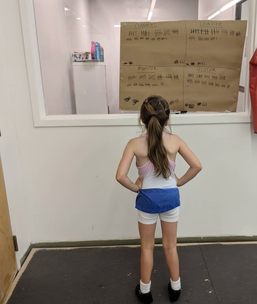 And, of equal importance to the above, is helping our dancers learn the concept of self-respect. Self-respect is a complicated topic to tackle, but at SRL we think of self-respect as a facet of the hard work we expect our dancers to put into their dance practice. Working hard isn’t just a way to get better at a jig step, it’s a way to show that you respect yourself—when a dancer puts the effort in to achieve their goals, they are deeming themselves worthy of success, worthy of the time and effort it takes to accomplish it. Self-respect doesn’t come from the accolades and medals, or even positive comments from the teacher, but the actions each dancer takes to improve themselves—seeing and feeling their potential and striving for more. And, in a world rife with media complicating the already complex mire of body image, dance helps that self-respect extend to a self-love and self-acceptance as dancers learn to be confident and comfortable in their own skin and see all the beautiful and powerful things a body can do! Respect isn’t a nebulous concept—it’s something we help our dancers see as something to be acted upon again and again, each and every day. Respect is not deference, but rather a kind of giving—to your fellow dancers, your community, the world, tradition, your self—a way of showing value rather than simply declaring it. And here at SRL, we make sure to emphasize that these acts of service we do for others and ourselves are as important as any success we can measure on any stage. This post is part of a series. Read our core values post, all about growth, here. Check out the blog every Monday and Thursday for more posts about Irish history, dance culture, community news, and spotlights on our dancers, staff, and families—among other fun projects! And don’t forget to dance along with us on both Facebook and Instagram. 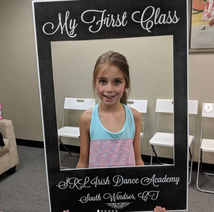 At SRL, our goals aren’t all about dancing, but rather to help your dancer become GREATER—i.e. instill our core values of Growth, Respect, Excellence, Appreciation, Transparency, Enthusiasm, and Resiliency. The world of Irish dance has a wealth of experiences, opportunities, and skills that help impart these ideals to our dancers, and we’re committed to fostering the development of values that will serve your dancer both in and out of the studio. In this new series, we’re looking forward to delving into what these core values really mean to us, and how Irish dance can be so much more than just the steps you learn in class! First up is the capital G: Growth. With our Tiny Jig program, the growth of our dancers can be taken very literally—taking dancers as young as 2 means we get the privilege of watching them grow up—as dancers, and as people. (Not only that, but we have several dancers that have been with us since the start, 8 whole years!) Dance is undeniably good for your dancer’s physical development--it promotes spatial awareness, flexibility, coordination, balance, etc., the list goes on and on—but at SRL, we try to look beyond the physical. It shouldn’t be a surprise that dance is also a boon for your dancer’s emotional growth as well. (After all, psychologists have found that “the better children were able to synchronize their movements with music, the more they smiled.” And as Time recently reported, happy kids are more likely to turn into successful adults.) Not only is there room for pure joy in every dance class, but studies show that dance helps build important social-emotional learning skills, including how to better express their own emotions, emotional regulation, and to understand other’s emotions. 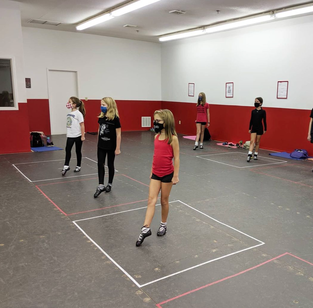 Beyond emotional growth, we also look toward helping our dancers grow as people into creative, focused, hard-working, intelligent, problem-solving, empathetic young adults. The microcosm of the studio, and then the secure world of performance and competition, can be seen as a crucible to hone extremely valuable life skills, rather than just a perfect jig! (Though we do that too!) An example of this growth? For our youngest dancers, this growth comes in small steps: learning to wait your turn, listen to instructions, be kind to your fellow classmates, practice and be prepared for class, and let loose and have fun in an environment outside the home! Then, as our dancers continue to develop and move up through the levels, they’re met with new challenges: goal setting, dealing with the rejection that can come with competition, working as a team, lifting up others rather than comparing yourself to them, how to be both a student and a teacher, and above all: hard work and the knowledge that they’ll only get out of anything what they put into it. Overall, capital-G Growth means more to us at SRL than measuring your success at each feis—it means maturing as a person, as a whole. While we always make sure to balance it with fun (dancing is, above all, incredibly fun, after all!), the way we approach Irish dance isn’t just about improving in one aspect of your life. It’s about how growth in one facet can mean growth in all others. This post is part of a series. Check out the blog every Monday and Thursday for more posts about Irish history, dance culture, community news, and spotlights on our dancers, staff, and families—among other fun projects! And don’t forget to dance along with us on both Facebook and Instagram. |
SRL NewsFind all of our latest news on our Scoil Rince Luimni Facebook page! Categories
All
Archives
August 2022
|
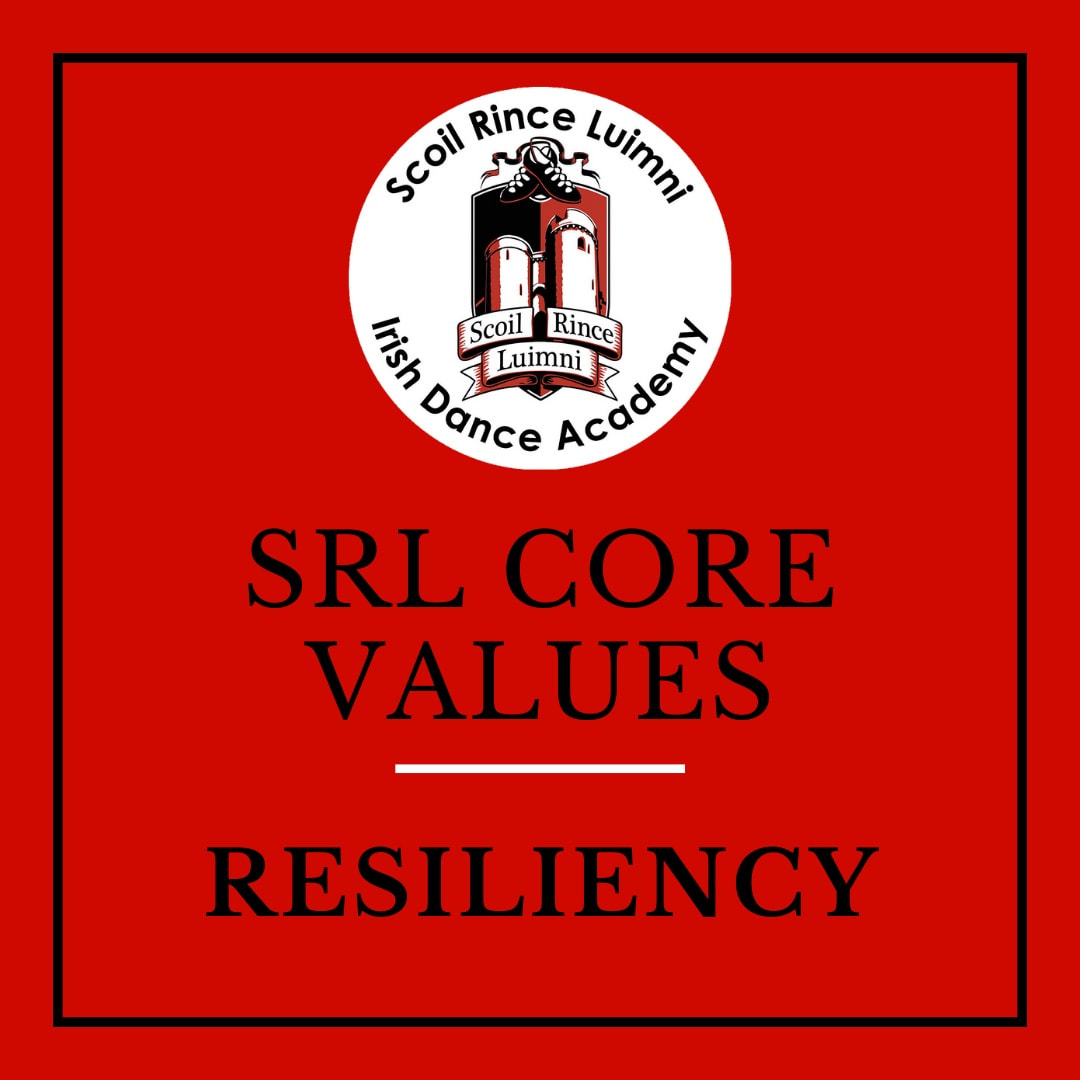

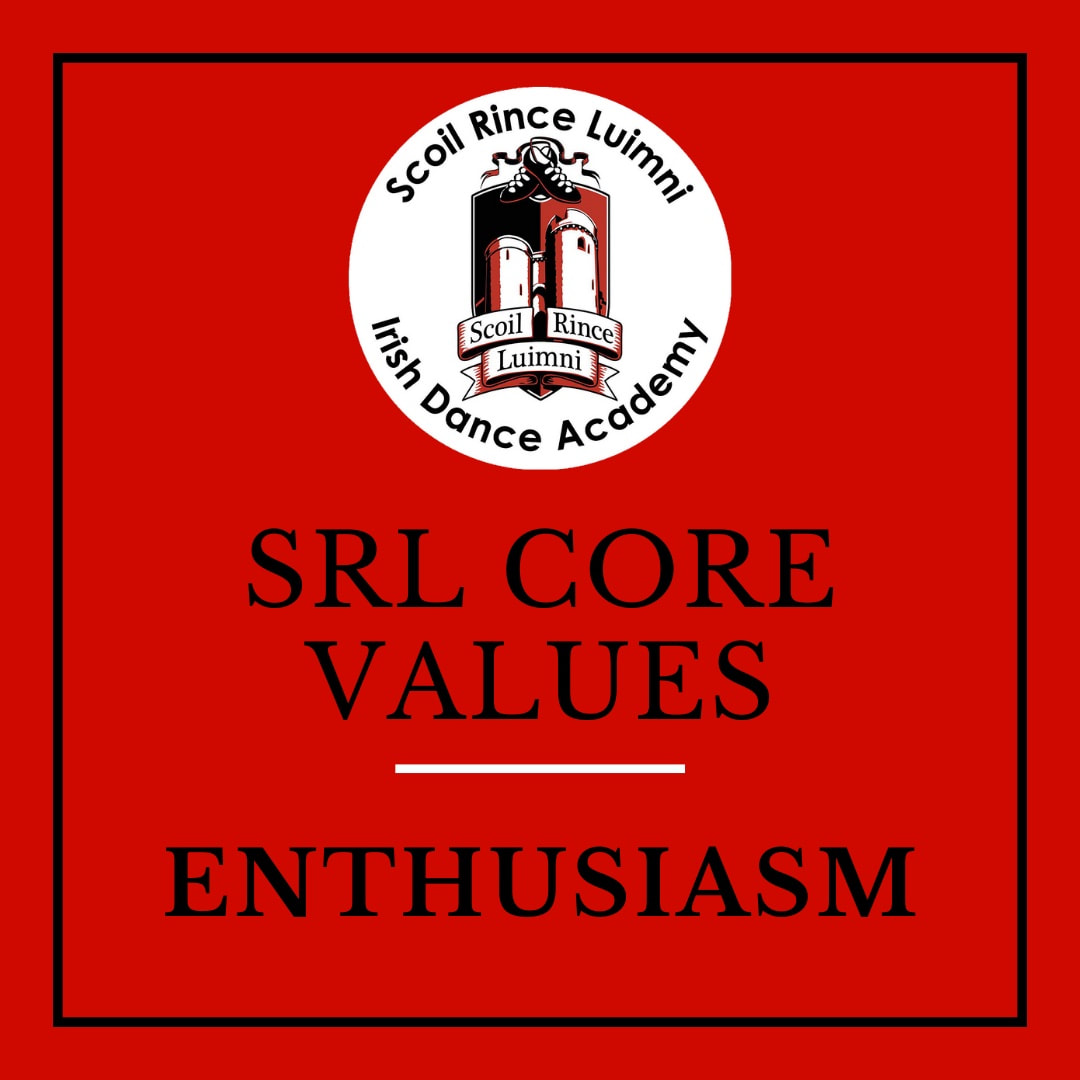
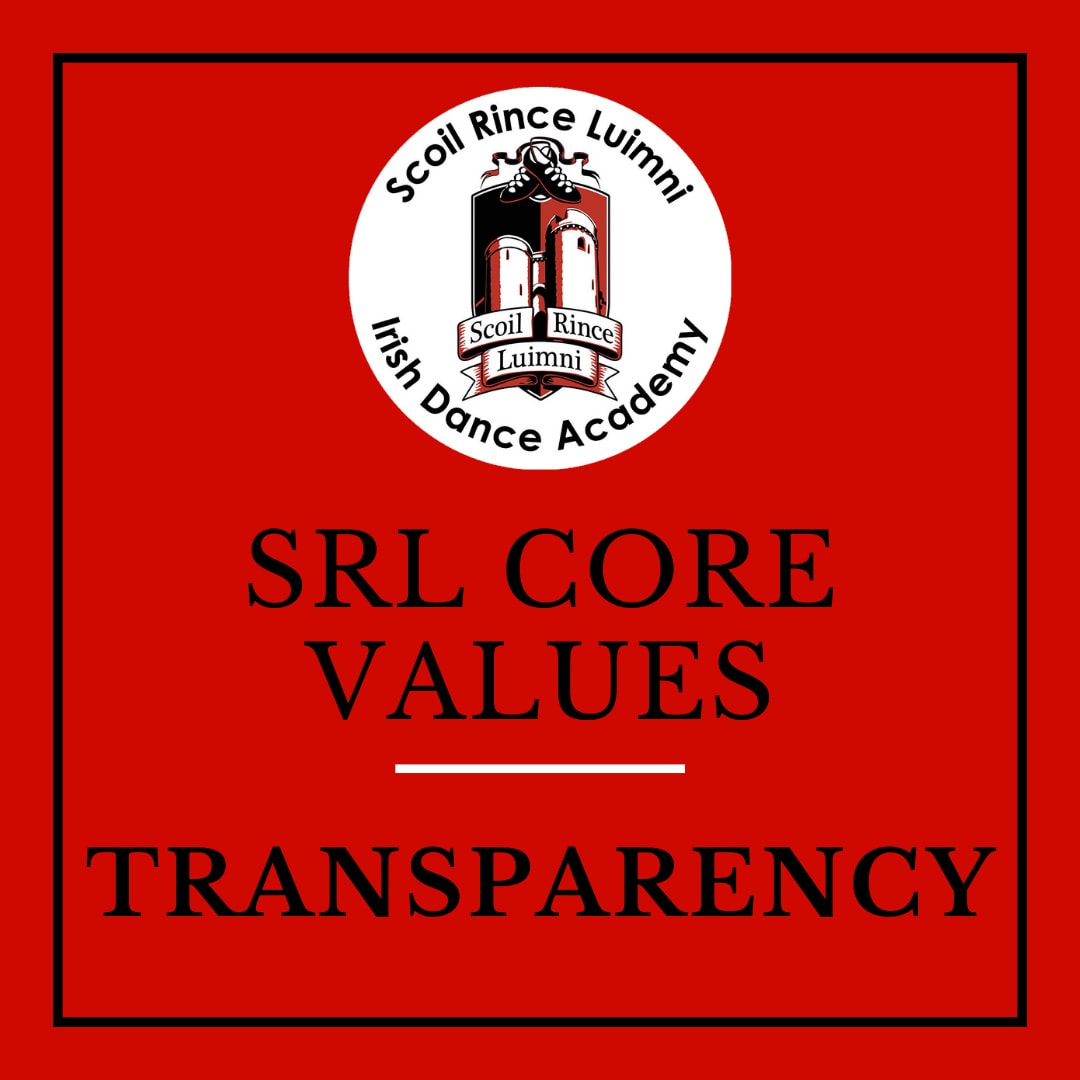
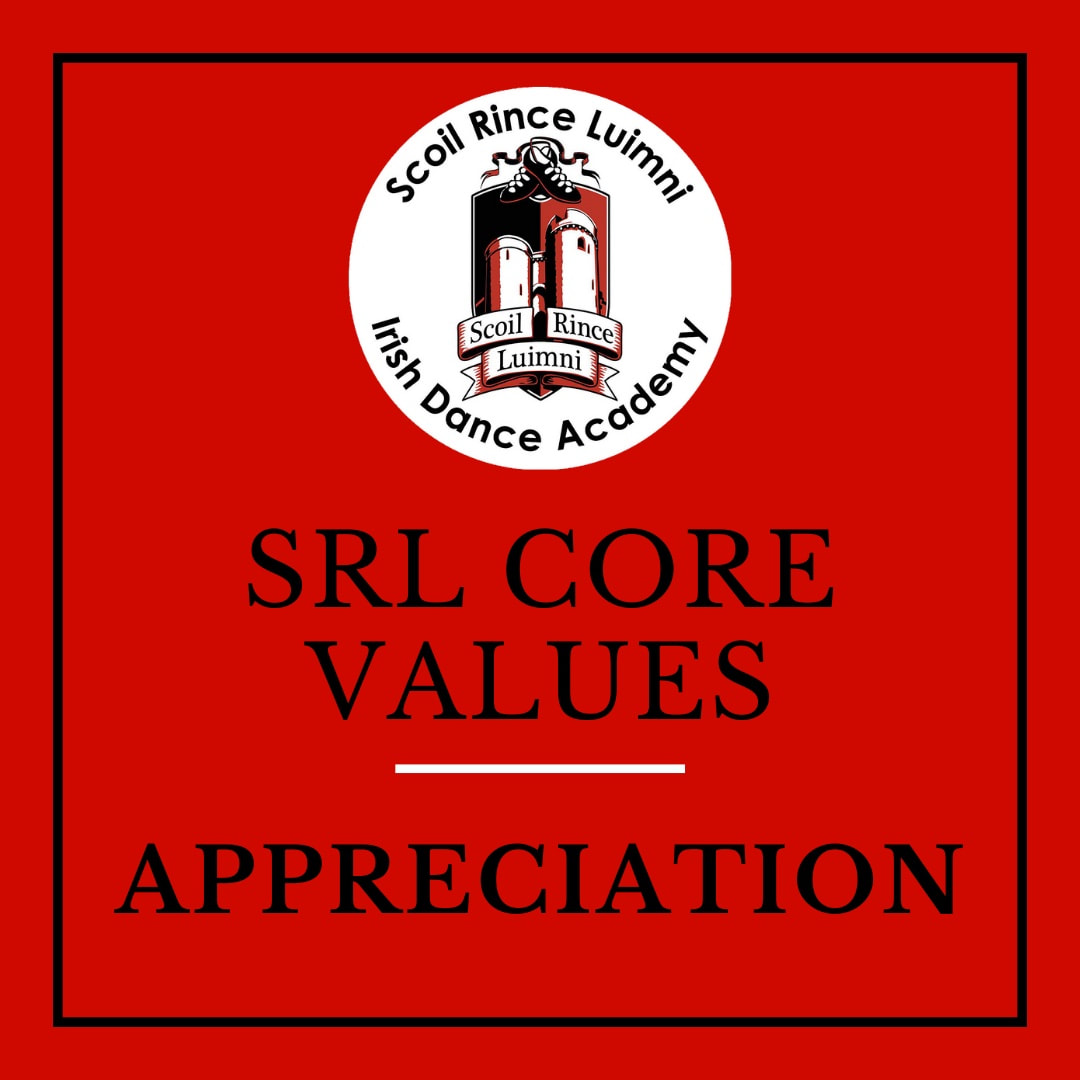
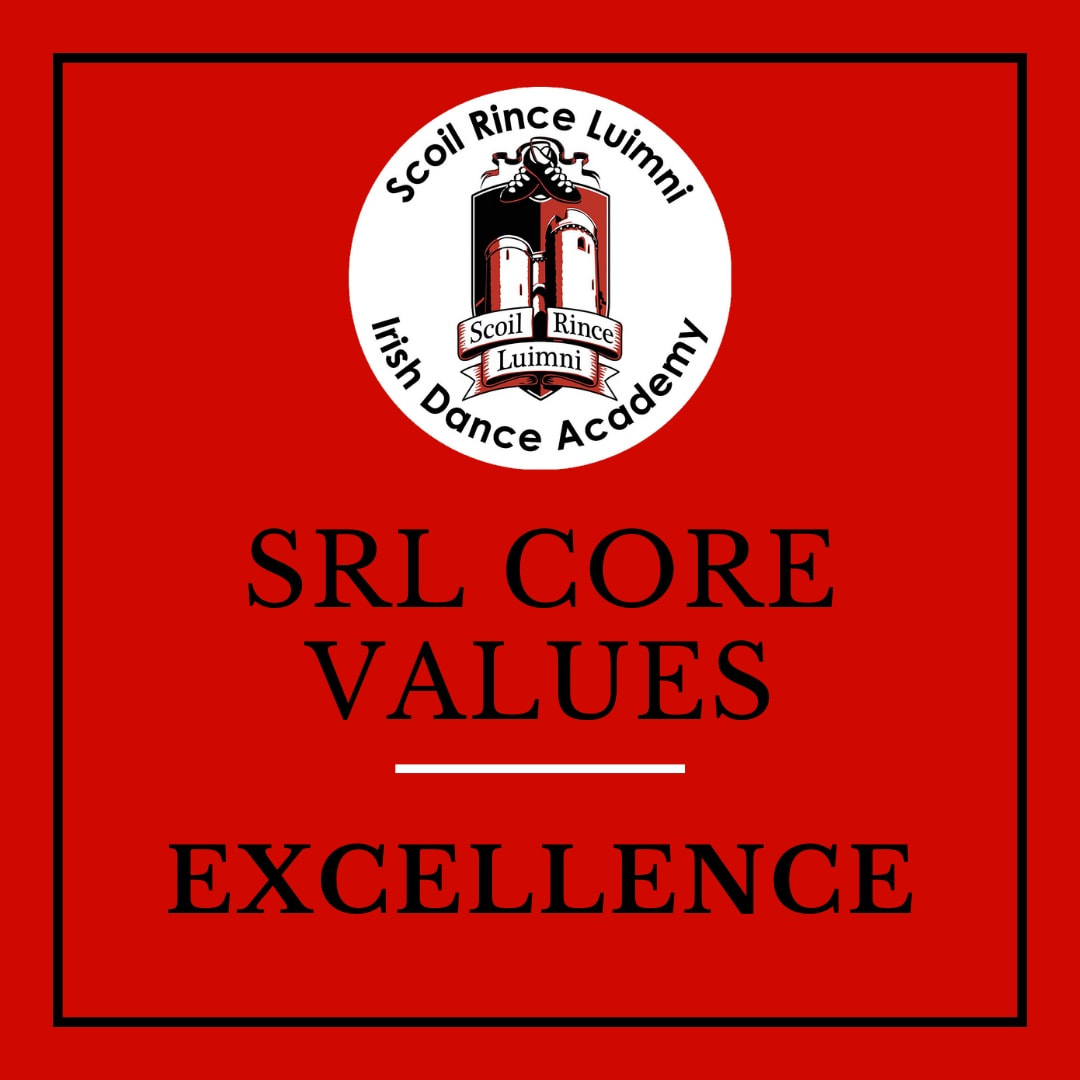
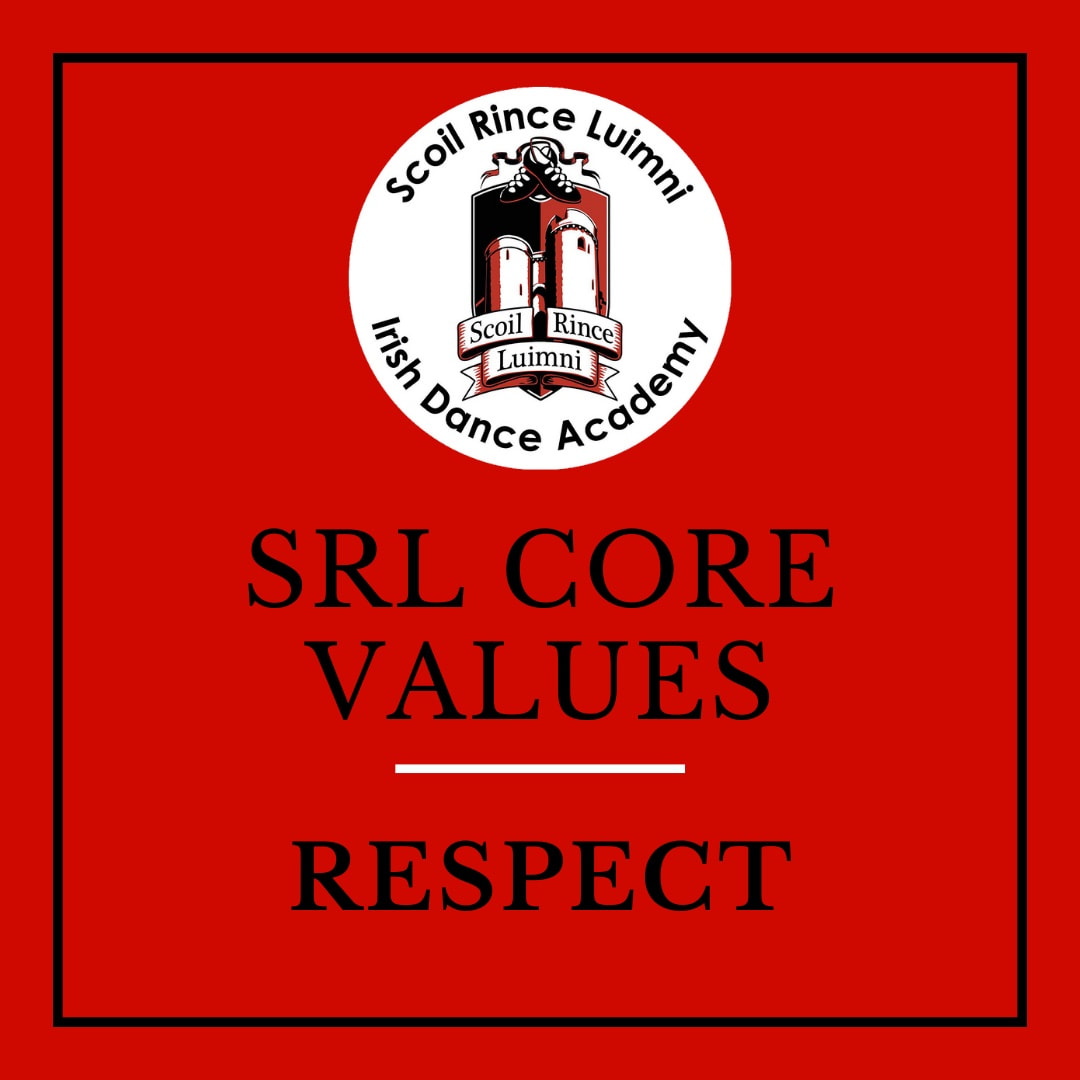
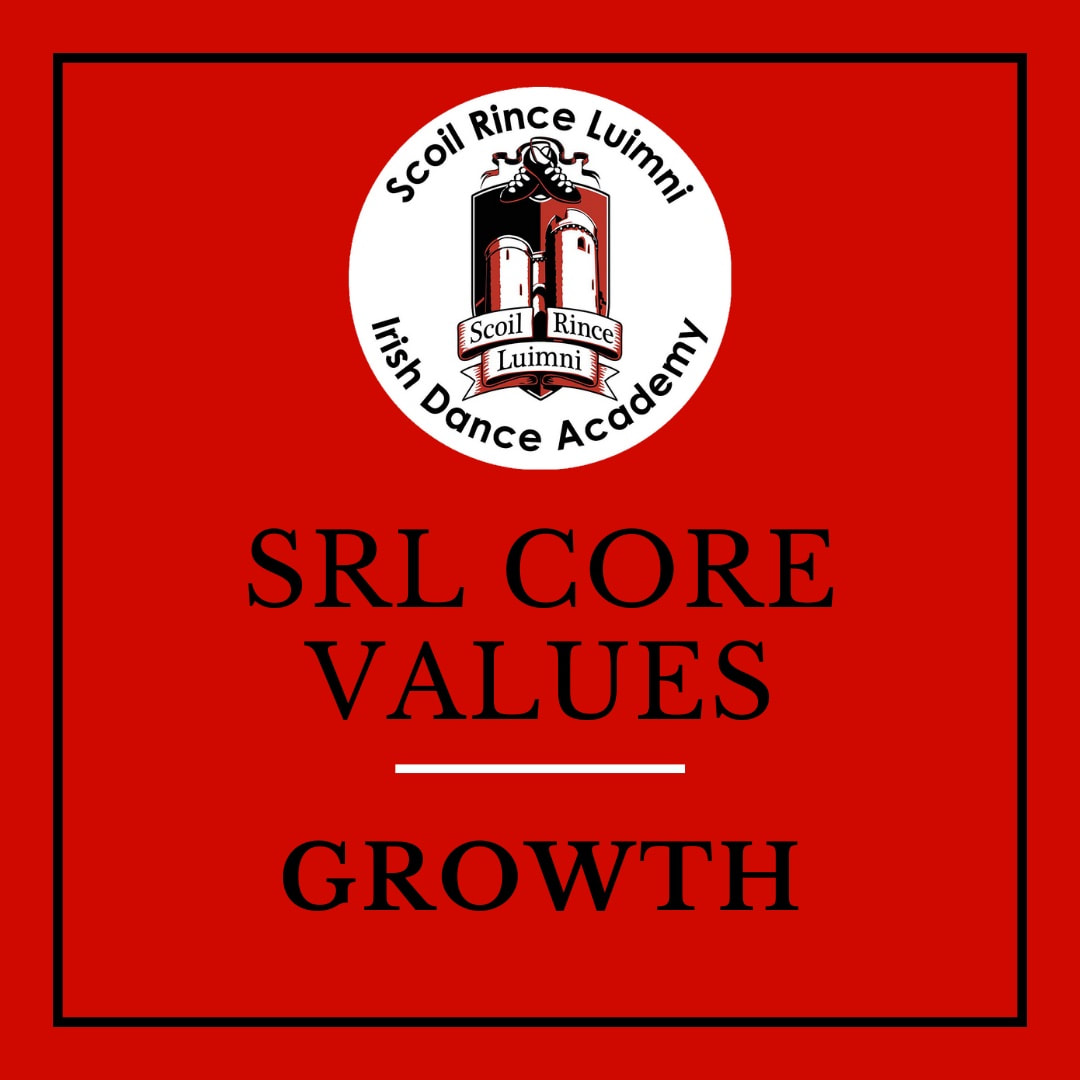
 RSS Feed
RSS Feed